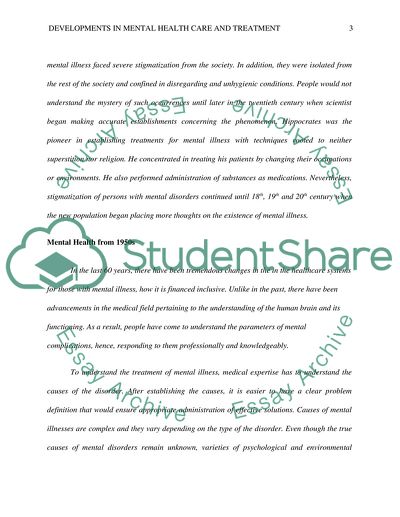Cite this document
(“Critically Assess Developments in Mental Health Care and Treatment Essay - 1”, n.d.)
Critically Assess Developments in Mental Health Care and Treatment Essay - 1. Retrieved from https://studentshare.org/psychology/1696086-critically-assess-developments-in-mental-health-care-and-treatment-since-the-1950s
Critically Assess Developments in Mental Health Care and Treatment Essay - 1. Retrieved from https://studentshare.org/psychology/1696086-critically-assess-developments-in-mental-health-care-and-treatment-since-the-1950s
(Critically Assess Developments in Mental Health Care and Treatment Essay - 1)
Critically Assess Developments in Mental Health Care and Treatment Essay - 1. https://studentshare.org/psychology/1696086-critically-assess-developments-in-mental-health-care-and-treatment-since-the-1950s.
Critically Assess Developments in Mental Health Care and Treatment Essay - 1. https://studentshare.org/psychology/1696086-critically-assess-developments-in-mental-health-care-and-treatment-since-the-1950s.
“Critically Assess Developments in Mental Health Care and Treatment Essay - 1”, n.d. https://studentshare.org/psychology/1696086-critically-assess-developments-in-mental-health-care-and-treatment-since-the-1950s.


